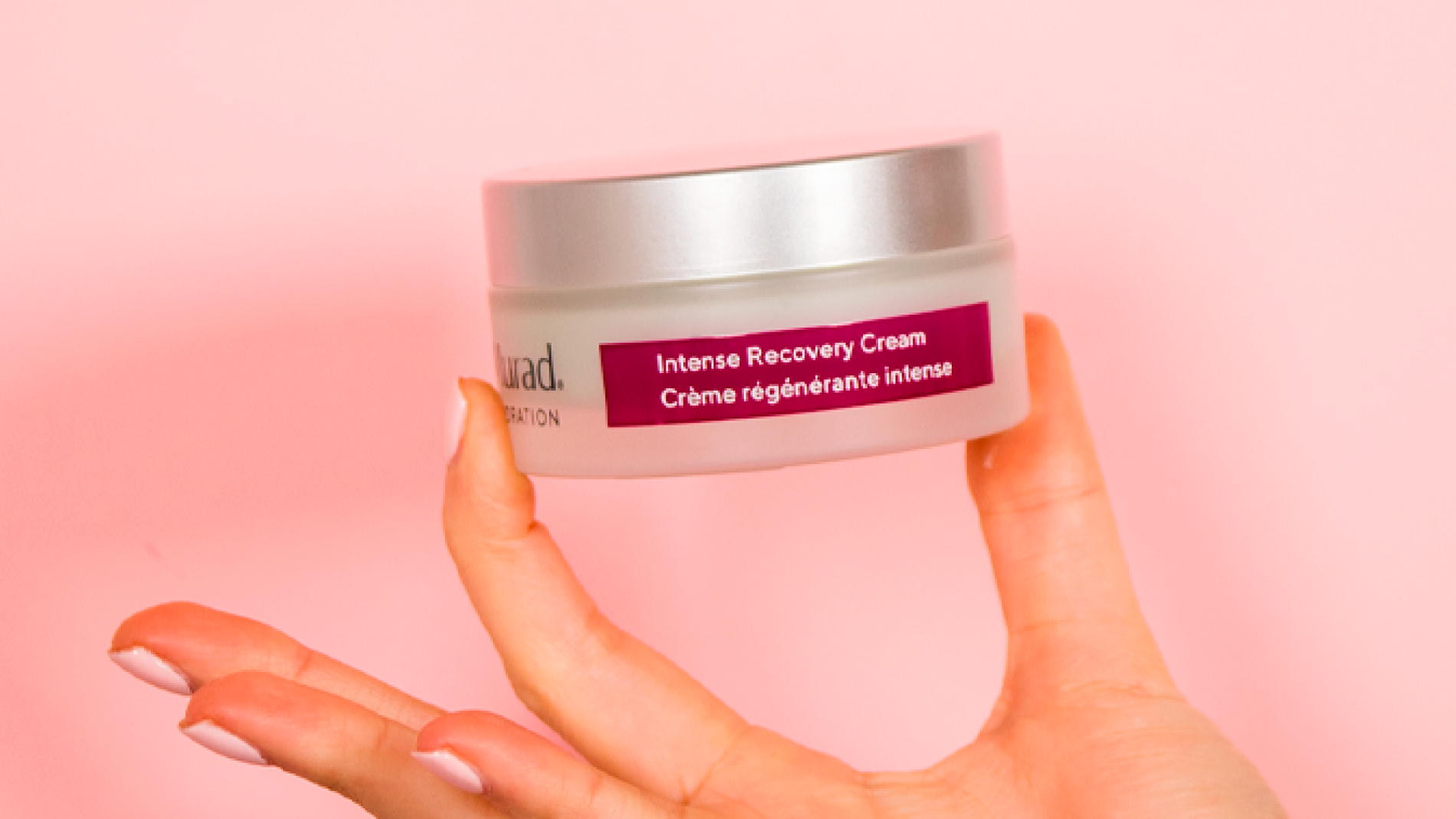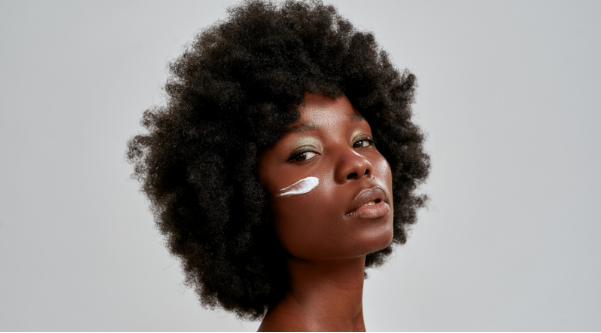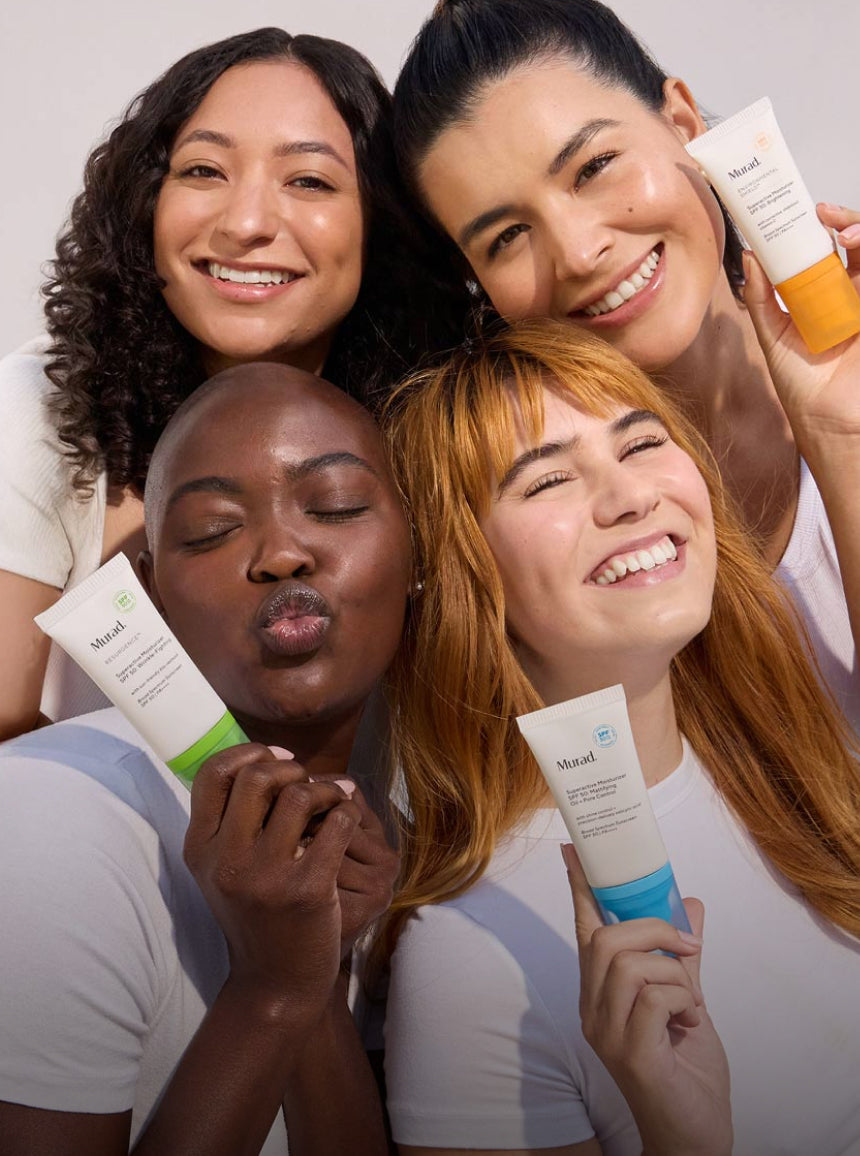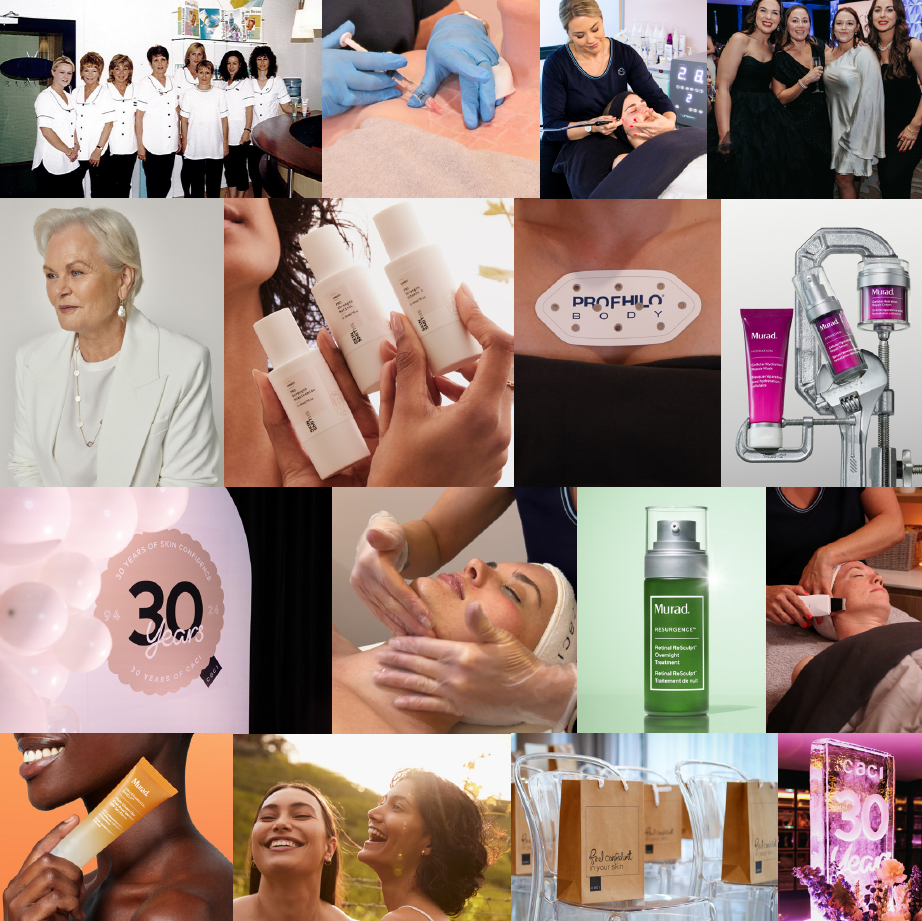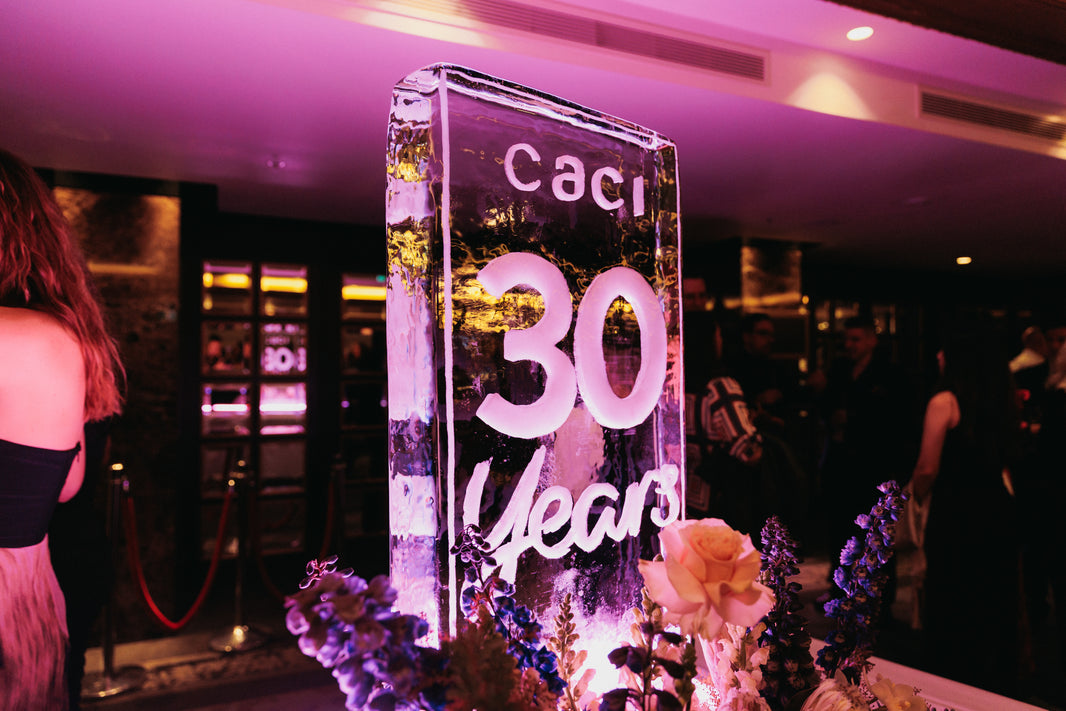Rosacea, pronounced roe-zay-she-uh, is one of the most common skin conditions that our customers seek treatment for, and despite its appearance, it’s more than just a flushed face. For those suffering from the condition, you will know all too well that the road to finding the perfect treatment and products can feel long - and often confusing!
While every case of rosacea is unique, we’re here to help you combat this type of skin redness, and support you on your journey to total skin health. In this guide, we’ll break down our recommendations for what to do, why to do it, and potential triggers and causes. So, if you’re looking for advice on rosacea treatments, you’ve come to the right place. Let’s jump into it!
What is Rosacea?
Rosacea is a vascular skin condition that is characterised by inflammation, heat, pustules and visible redness on the skin. The most common symptom is skin redness and the appearance of small broken blood vessels on the skin.
Some people will also experience acne-like breakouts, particularly around the nose, and swelling or itchy eyes. Rosacea typically affects the cheeks, nose and chin, however, it can also occur in other areas on the face, neck and chest. If this is sounding all too familiar, fear not, we’ll be telling you how you can help treat rosacea in this guide.
What causes it?
While the exact cause of rosacea is not known, we do know that, like most skin conditions, genetics play a huge factor. Environmental factors such as over-exposure to the sun, lifestyle and medical conditions can also exacerbate the symptoms.
These are known as ‘triggers’ and they usually lead to flare-ups depending on the individual. Some of the most common culprits among people with rosacea are spicy foods, alcohol, drinking hot beverages and exposure to UV rays.
Those who have rosacea are also usually more sensitive to topical products, particularly those that contain fragrance, alcohol and lactic acids, this is why consulting a professional before buying skincare is crucial. Maintaining a healthy and balanced microbiome (good bacteria) skin barrier is key to fighting off bad bacteria, as well as reducing the chances of having a reaction to topical treatments.
How is it different from redness?
Not all skin redness is made equal, and the occasional skin redness (including sensitive skin, and environmental damage) is not likely a sign you have rosacea. However, if you’re struggling with persistent redness, it may be time to seek professional help.
As we age, our skin undergoes its own evolution process. Depending on internal and external factors such as stress, sun exposure, and hormonal changes these can manifest in different ways for different people. For some, this may be skin inflammation in the form of rosacea.
Rosacea is a chronic condition that usually appears between the ages of 30-60. Most people who suffer report persistent facial redness, which comes and goes depending on skin stressors. For some, it worsens in winter, and for others certain skin products, medications or diet can contribute to flare-ups. But there are steps you can take to treat and reduce its intensity.
How do you treat rosacea?
Like all skin conditions, you should also seek professional advice before beginning any form of treatment. Rosacea treatments might vary depending on the type and severity of your symptoms. For some, including a few calming ingredients in your skincare routine will help significantly, while for more serious sufferers, lasers may offer a more permanent solution.
If you think you might be suffering from rosacea, speak with your GP or visit your local Caci clinic and speak to one of our knowledgeable staff members about treatment plan options.
Level up your skincare routine
Taking good care of your skin is important whether or not you have a skin condition - but it’s even more important for those suffering from rosacea. If your skin is sensitive, a less is more approach tends to work the best and make sure you’re not trying to use too many different products at once.
First things first, review your current skincare routine and ensure it doesn’t include any aggravating ingredients. Instead, opt for soothing ingredients made for sensitive skin. Gels are soothing in form and function, which makes them a great alternative for those who don’t want a thicker texture. Try the Murad Nutrient-Charged WaterGel for instant relief that will keep your skin feeling hydrated and nourished.
If you’re wanting to get advice from people who actually know their stuff, then speak to one of our skin experts at Caci (we offer free no obligation consultations) who can formulate a personalised plan. Or for more straightforward questions, feel free to message us on our live chat!
Eat a balanced diet
Be mindful of what is triggering your redness, this may come from diet or environmental factors so try keeping a diary of when they occur and try to distinguish a common denominator.
You can support rosacea internally by taking essential fatty acid supplements and probiotics. These will help to support your healthy gut microbiome (because your skin is connected and reliant on your gut health). Eat clean, but enjoy some treats, and always stay hydrated (water is your friend!) Aim to drink at least 2 liters of water each day.
Avoid triggers such as spicy foods, alcohol, hot showers, saunas and where you can - stress, as this increases your cortisol levels which also leads to inflammation.
The best treatments for rosacea
With all skin conditions, the best plan of action is always to combine tailored at-home products with in-clinic treatments. At Caci, there are numerous treatments specifically designed to treat signs of redness on the face. Here are our top picks:
LED Light Therapy
LED light therapy is a soothing treatment with no downtime. Using a combination of blue and red light, LED light therapy works to calm the skin, while also stimulating the skin’s natural regeneration process. The red light is especially beneficial for those who suffer from redness, as it works to enhance the skin’s natural defence mechanisms which speed up healing and helps to even the skin tone.
Skin Conditioning treatments
LED Light Therapy can be paired with a range of our skin conditioning treatments to nourish and soothe the skin. The Sonophoresis Skin Infusion is a blissfully relaxing treatment that also works to calm and hydrate your skin while helping to reduce redness. This non-invasive treatment is suitable for almost all skin types, including sensitive skin. Using sound waves to infuse antioxidants and hydrating skincare ingredients deep into the dermis of the skin results in reduced redness and smoother skin tone and texture.
Once you have reduced inflammation and the bad bacteria, advanced treatments under our Reformaskin program like Photo Rejuvenation are a great option. Photo Rejuvenation is a more advanced treatment that helps to reduce pigmentation and redness by treating broken capillaries, red veins and minor vascular issues. This pulsed light treatment also works to reduce signs of ageing by targeting pigmentation and sunspots. It stimulates collagen production too!
The best products to treat rosacea
When it comes to skincare products, opt for soothing, calming products and hydrating products to help treat rosacea. These products will work to repair your skin barrier without aggravating your sensitive skin.
Products that include active ingredients such as Vitamin C, Retinol and Niacinamide can be introduced once your skin barrier is stronger. Here are some of our favourite products for treating rosacea:
Murad City Broad Spectrum SPF 50+
SPF is non-negotiable for everyone, particularly for those suffering from rosacea. Sun exposure is known to be one of the biggest trigger points!
The Murad City Broad Sunscreen is an award winner for a reason with 100% mineral indoor/outdoor SPF shields against digital blue light damage, UVA and UVB. It’s also suitable for all skin types, including our sensitive skin ladies and gents!
Murad Intense Recovery Cream
Specifically created to soothe and relieve redness, the Murad Intense Recovery Cream is the perfect option for rosacea sufferers, as it deeply moisturises and reduces the appearance of redness without aggravating the skin.
Skinsmiths PRO Strength Niacinamide
Niacinamide is a great ingredient that helps support a healthier skin barrier and in result, leaving you with smoother, more refined skin texture. The Skinsmiths PRO Strength Niacinamide is designed to improve skin tone, texture and redness.
Ready to start your journey toward skin health?
So, there you have it, everything you need to know to help treat rosacea with confidence. If you’re ready to take a results-driven approach to your rosacea or think you may have rosacea, book a free consultation with one of our skin expert at your nearest Caci to get personalised advice with no strings attached. Embark on your journey to total skin health with Caci.
You can also send us a message on Instagram or Facebook or contact us on our online chat!

